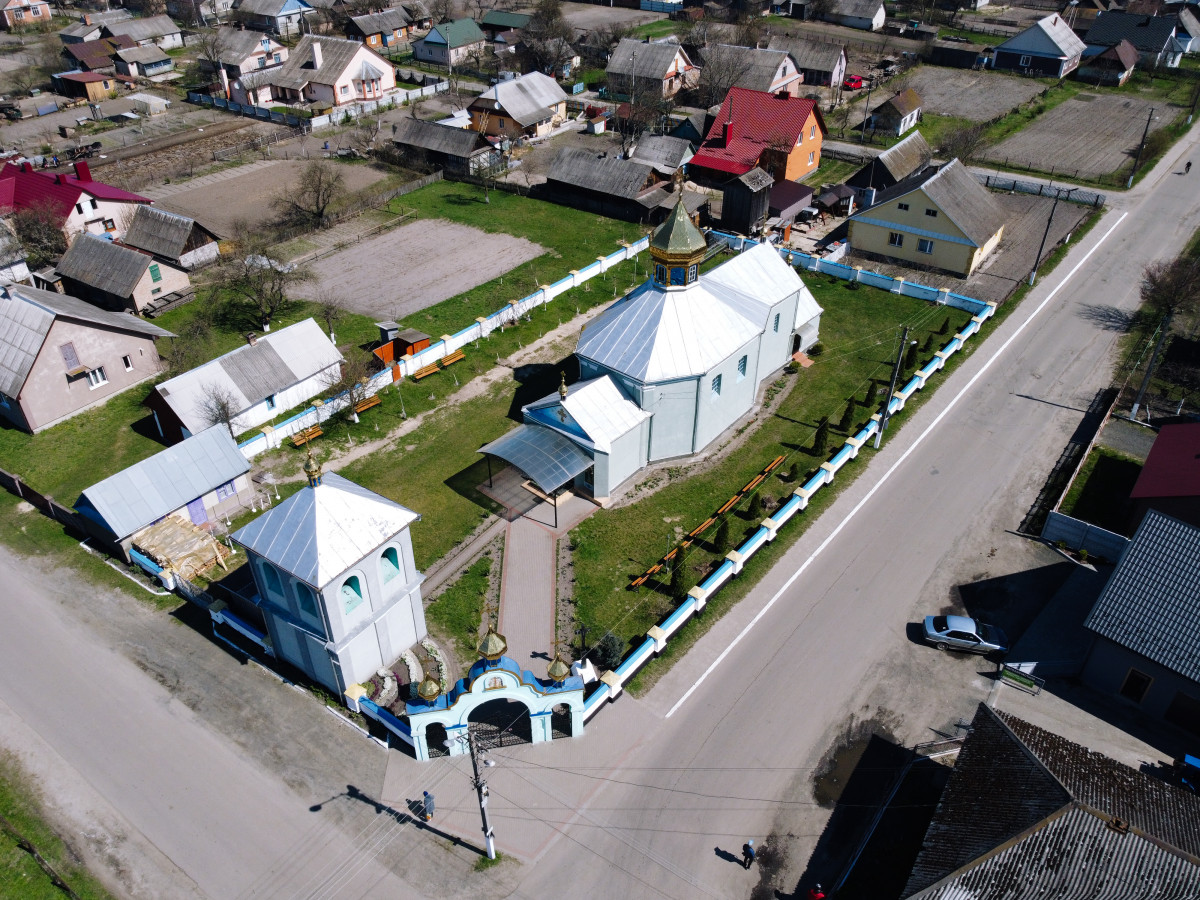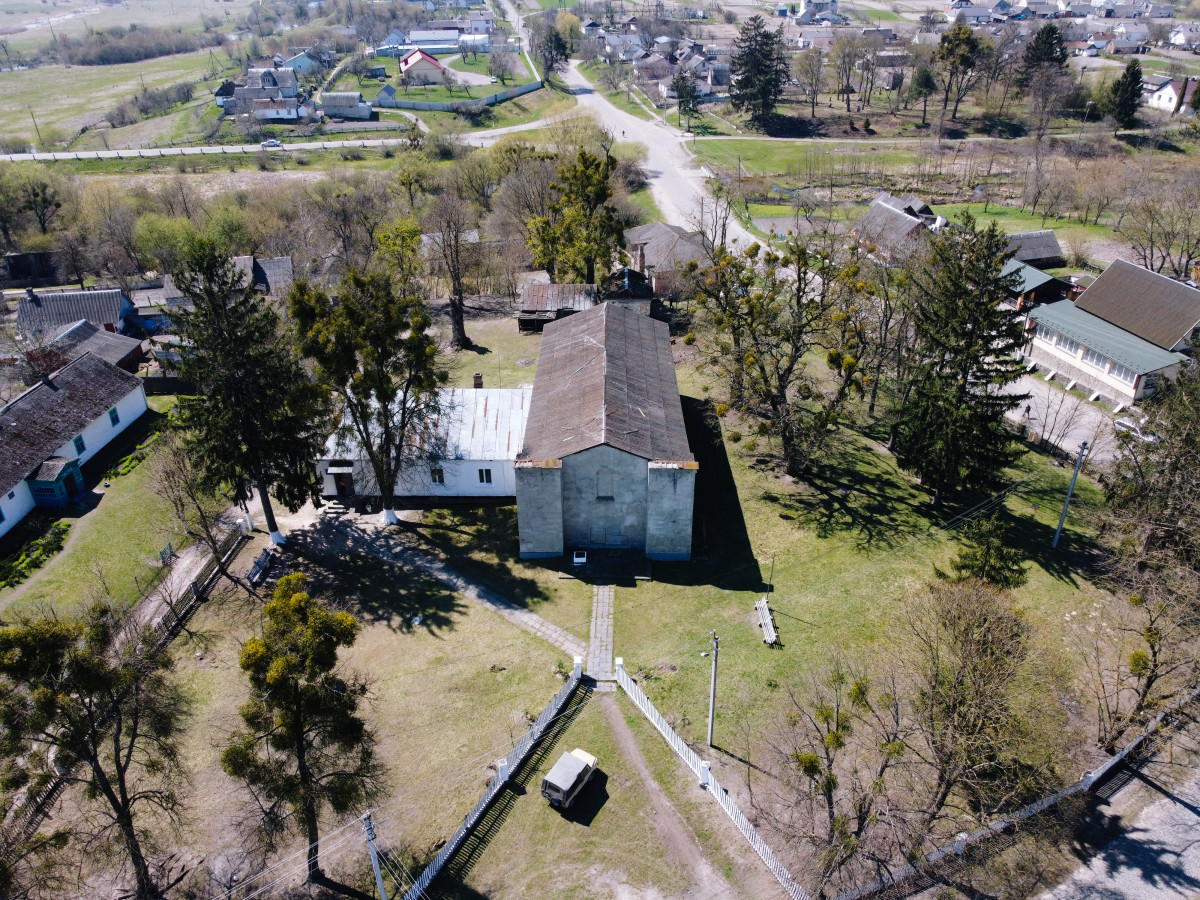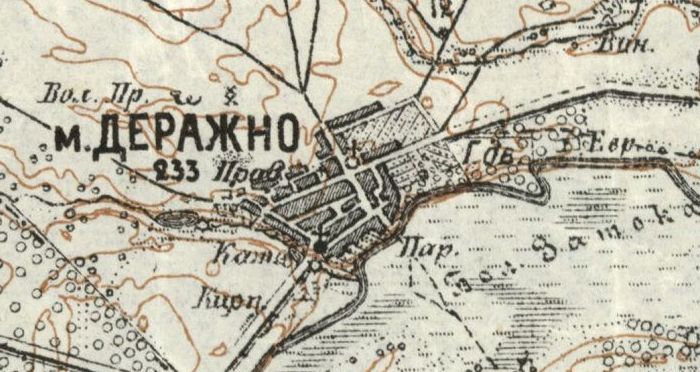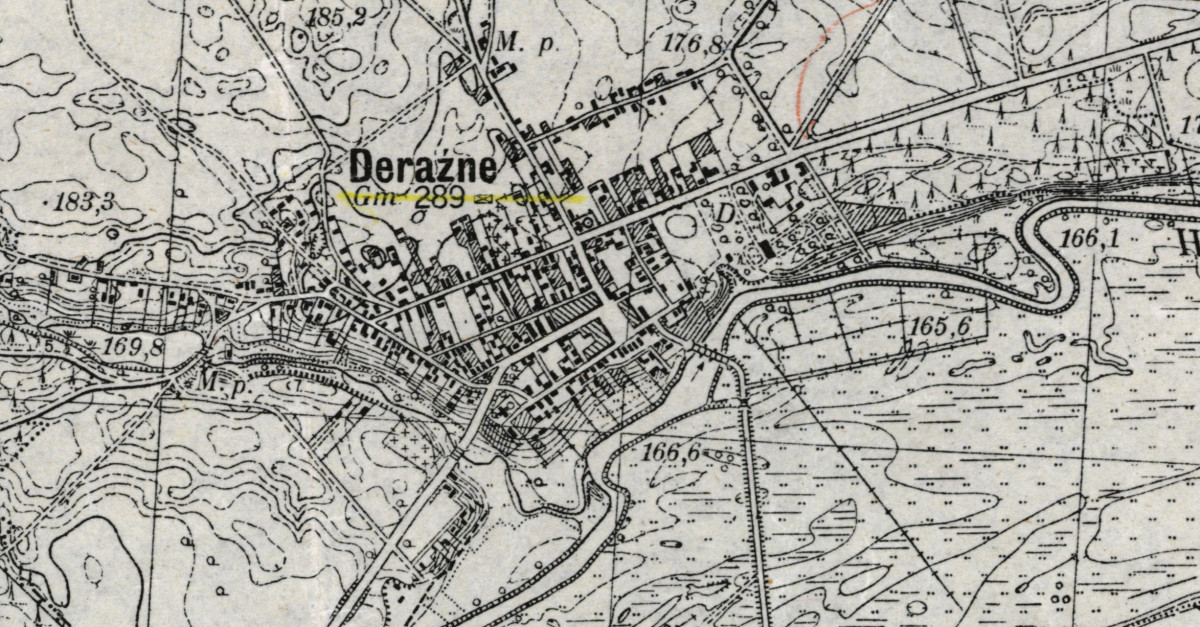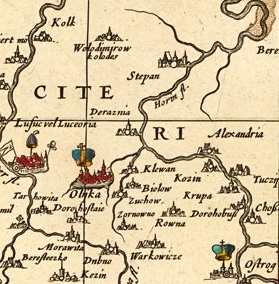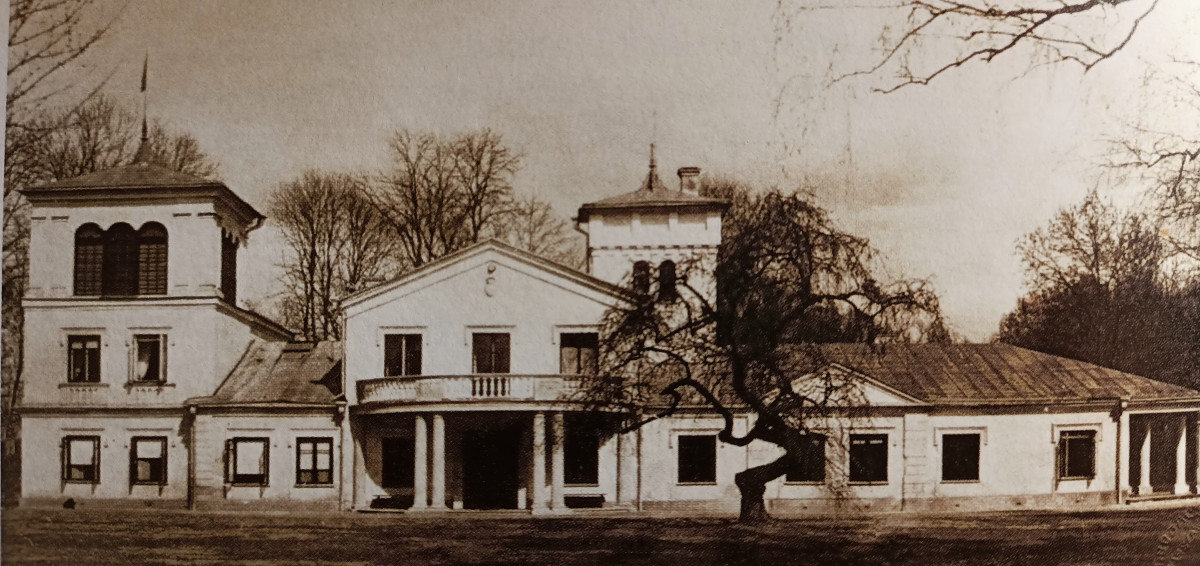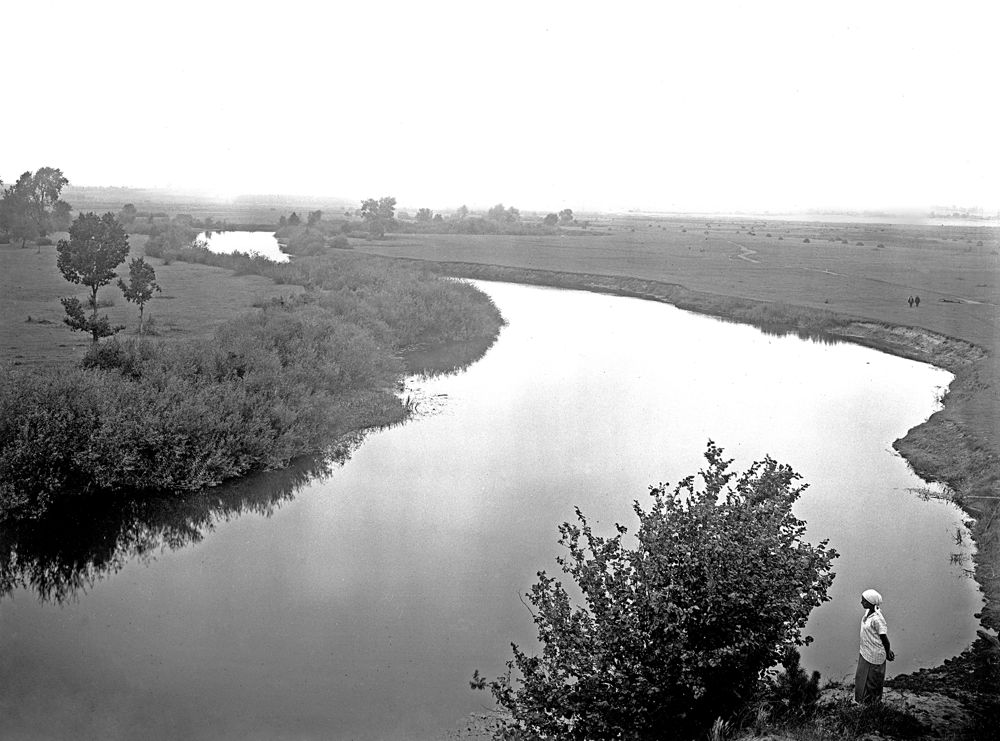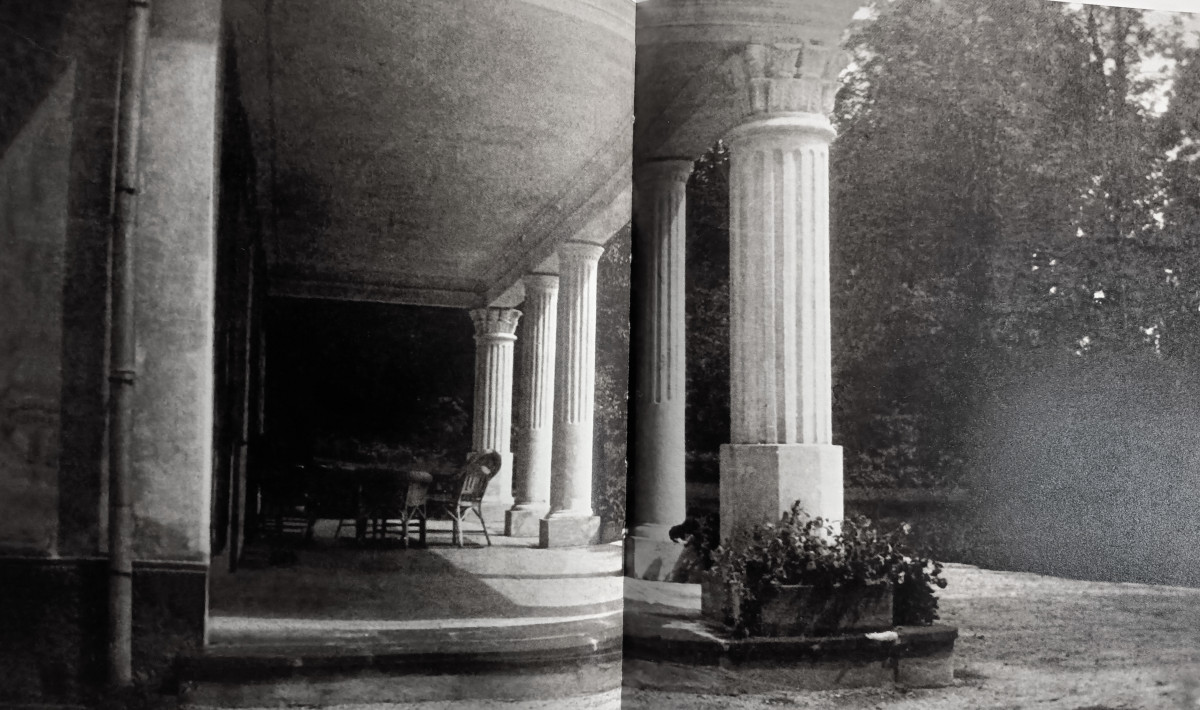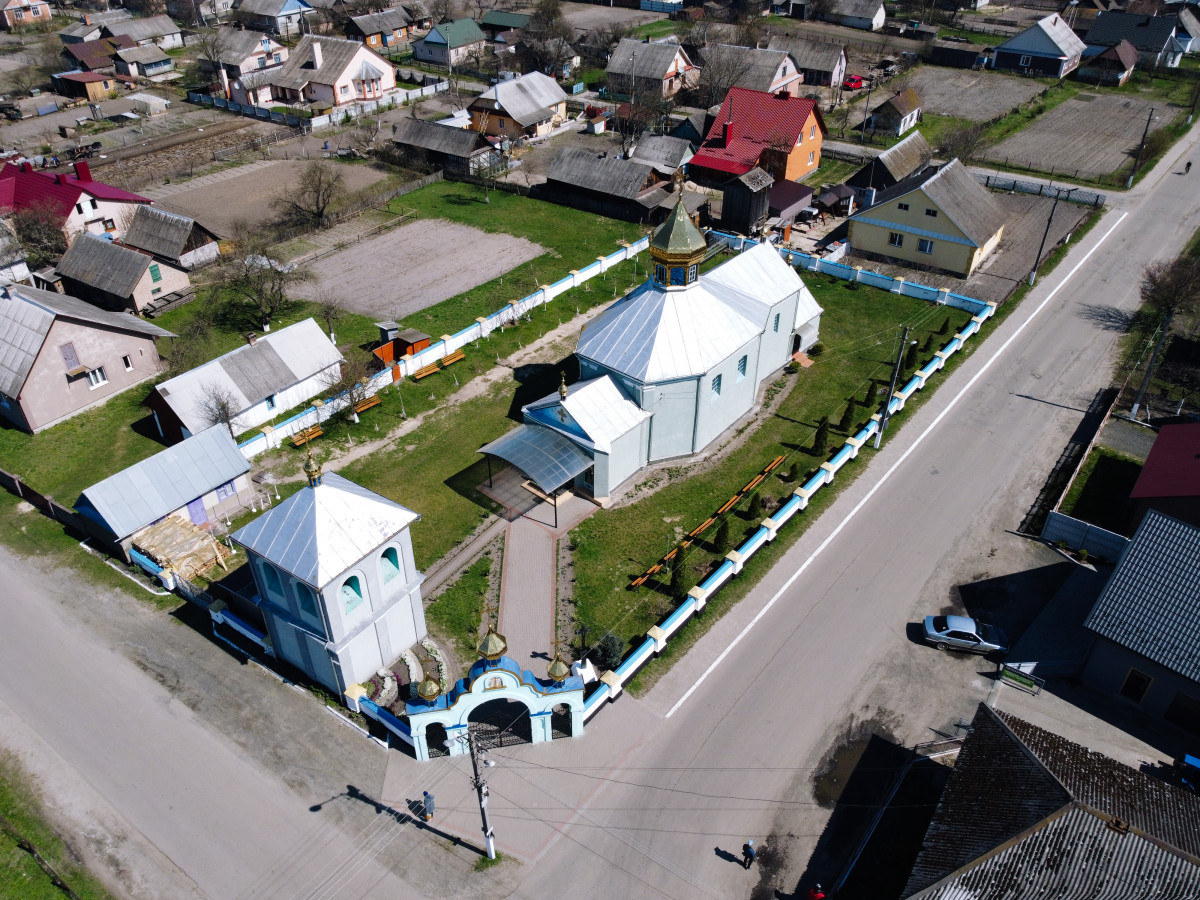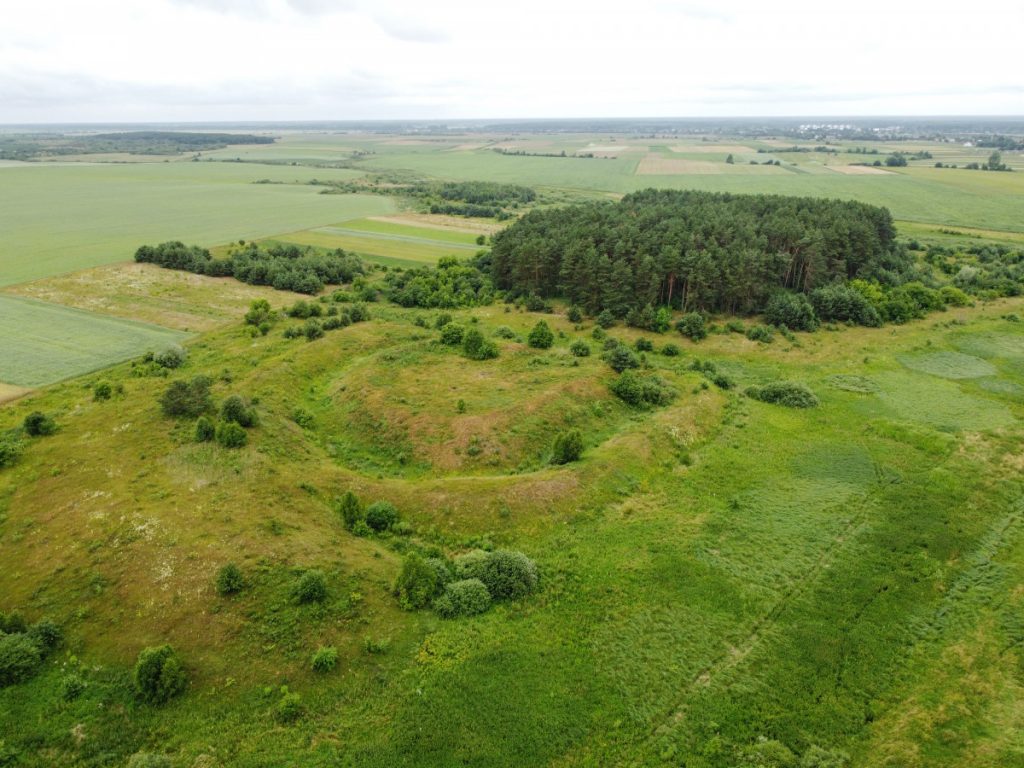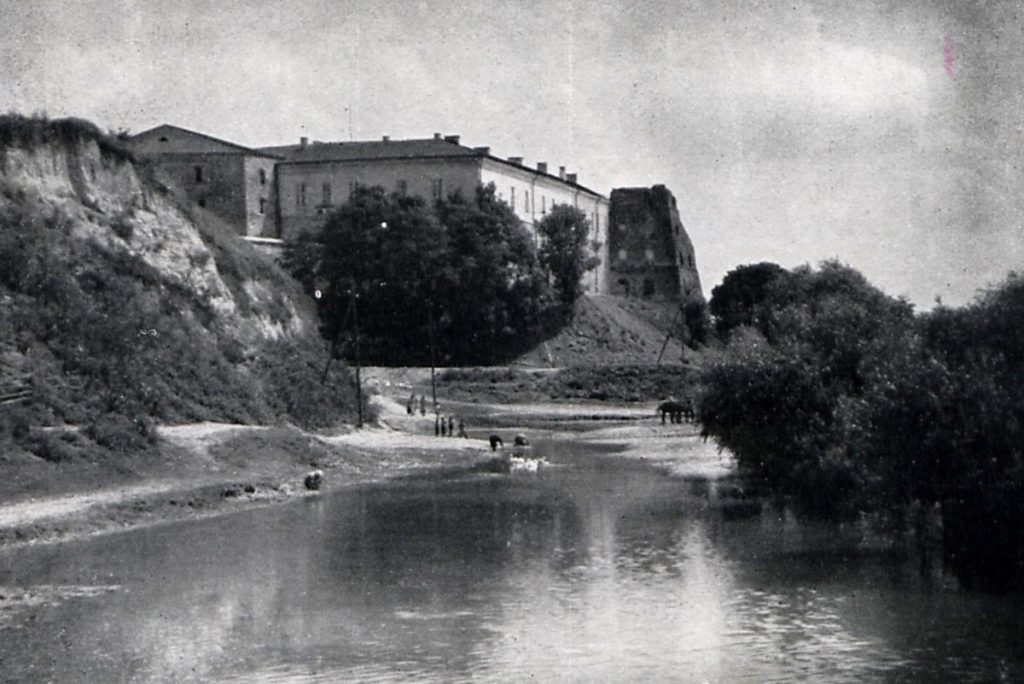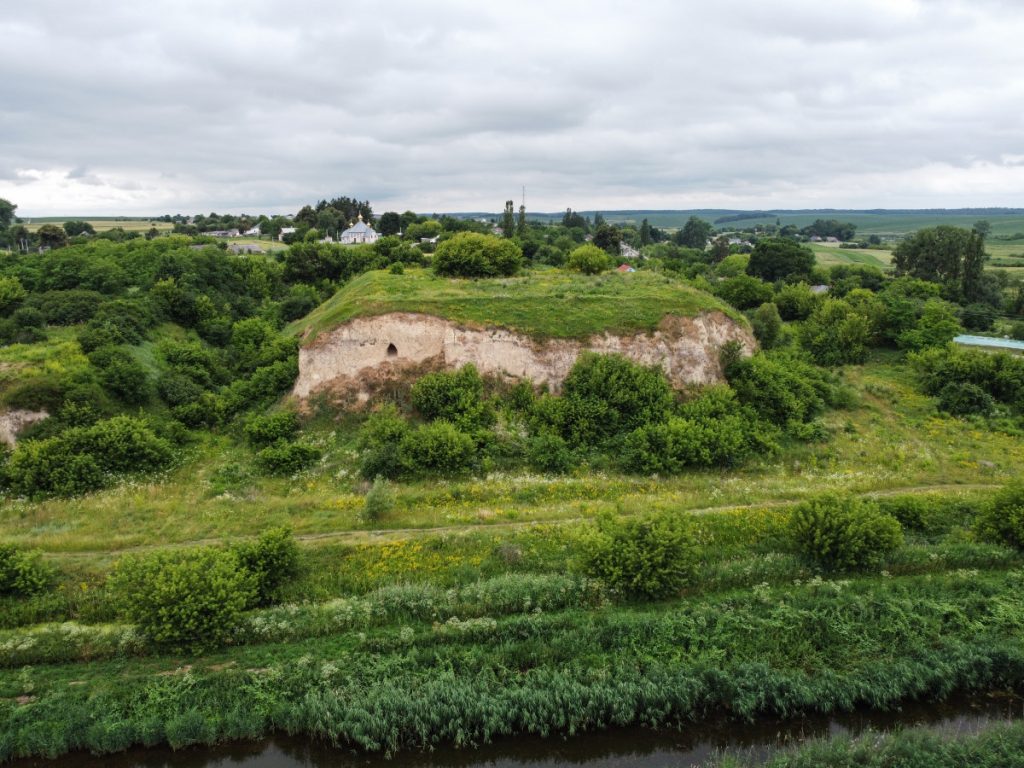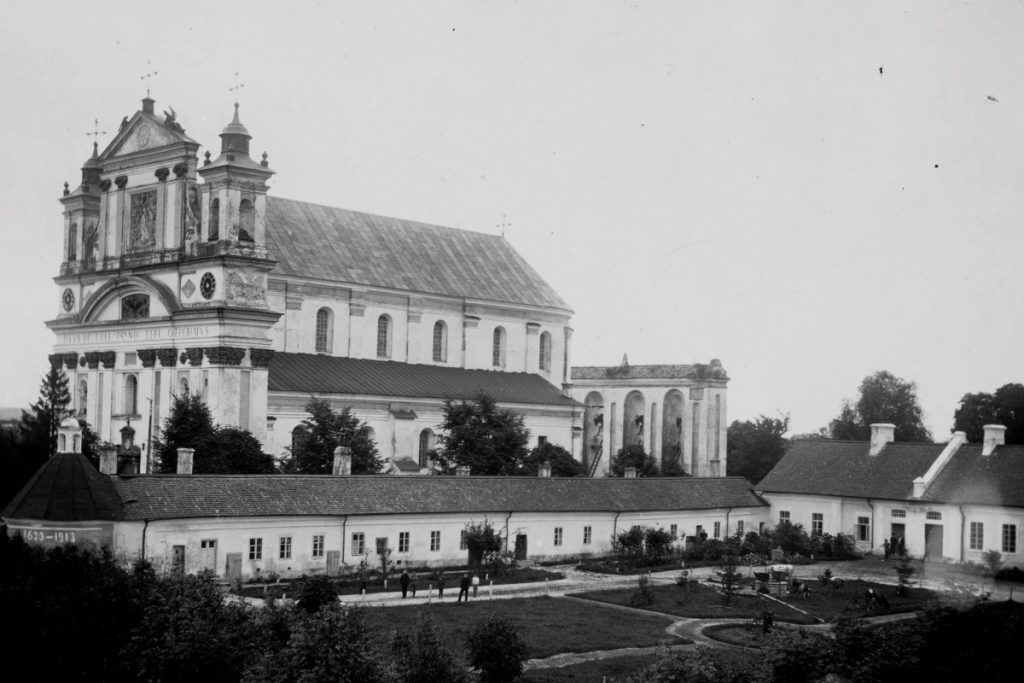The name of the village comes from the word “derazhnya”, which means “place of primary wood processing”.
It was first mentioned in historical sources in 1274, the mention was related to the existence of an ancient monastery in the village.
In different periods these lands were owned by famous princely families Czartoryski, Ostrozky, Koretski, Zaslawski and Radziwill.
In 1613 on the map of Tomasz Makowski Derazhne was already marked as a town.
Favorable location on the water trade route on the river Horyn gave the town strategic importance.
In the XVII century Derazhne was one of the four most important Karaite settlements in the Polish-Lithuanian Commonwealth, along with Trakai, Lutsk and Halych.
At the beginning of the XIX century Tadeusz Pidhorodenski became the landowner of Derazhne. Due to his work, a school was opened here in 1803, a palace and a beautiful park were built according to the project of the master of garden and park architecture Dionysius Mikler.
In 1888, Derazhne became the property of Fyodor Andro, an officer of the Hussar Regiment’s Life Guards. His son Dmytro Andro supported the Ukrainian government of Hetman Pavlo Skoropadsky and in 1918 was appointed head of the Volyn province.
On the eve of the First World War 2729 people lived in Derazhne, there was a Zemstvo hospital, a pharmacy, a post office and a telegraph, 33 shops, and 2 bookstores. As a result of hostilities, the town was destroyed.
In 1929 the village became the property of count Roman Potocki, who rebuilt the palace of Pidhorodensky and created a horse factory.
In 1942, Nil Khasevych, a well-known artist of the Ukrainian liberation movement, worked as a magistrate here. Locals actively joined the ranks of the Ukrainian Insurgent Army, which continued its armed struggle in the surrounding forests and villages until the mid-1950s.
Today Derazhne is the center of a united territorial community. It has more than 2,000 inhabitants.
Historical and Architectural Sites
Church of the Exaltation of the Cross. The brick church was built in 1824 on the site of an ancient wooden one. Together with the bell tower it is included in the register of architectural sites of local significance.
Former Roman Catholic Church. The first (probably wooden) church in Derazhne was built in 1614 by Janusz Ostrozky. The brick building, which has survived to this day, was erected in 1804 by the owner of the town Tadeusz Pidhorodenski. During the Soviet occupation it was converted into a house of culture, which still functions here today.
The ruins of the palace of count Potocki. The palace was built in the early XIX century, and was the main residence for all owners of Derazhne for almost 100 years. Burned during the First World War, it was rebuilt in 1939 and again destroyed in wartime and lost forever. The ruins of the palace need archaeological research and preservation.
An ancient park, premises of the former college built in 1803, a Catholic and a Jewish cemetery have been partially preserved nearby.



